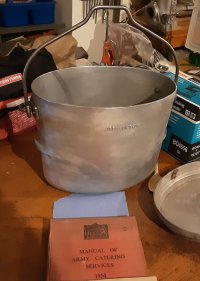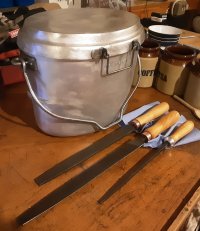Picked this up today from Colne Tools where Mike had put it aside for me.
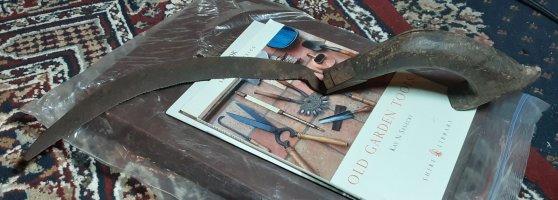
Unfortunately I have managed to misplace the photo of the only definite example of a rush knife I've come across from a book on primative lighting that i had to get on inter library lone many years ago and which I cannot recall the title of. As far ax I can recall this is vert much like that one but the blade on this is wider, which may be merely a case of the other was even more worn. The roughly carved grip was very much like this one. On the one in the book the tip of the blade wad more cranked over.
The whole thing is quite small, as long as my forearm and hand , from elbow to finger tip and the blade has the remains or serrations. It is somewhat like a modern garden sickle for cutting brambles and other woody weeds.
The only thing I've been able to find thats similar is another hand made one on ebay.
Can anyone tell me anything about this type of knife, what it's really for if it isn't for cutting rushes? If it is what I hope I'll make a copy to use.
Thanks!
Tom

Unfortunately I have managed to misplace the photo of the only definite example of a rush knife I've come across from a book on primative lighting that i had to get on inter library lone many years ago and which I cannot recall the title of. As far ax I can recall this is vert much like that one but the blade on this is wider, which may be merely a case of the other was even more worn. The roughly carved grip was very much like this one. On the one in the book the tip of the blade wad more cranked over.
The whole thing is quite small, as long as my forearm and hand , from elbow to finger tip and the blade has the remains or serrations. It is somewhat like a modern garden sickle for cutting brambles and other woody weeds.
The only thing I've been able to find thats similar is another hand made one on ebay.
Can anyone tell me anything about this type of knife, what it's really for if it isn't for cutting rushes? If it is what I hope I'll make a copy to use.
Thanks!
Tom

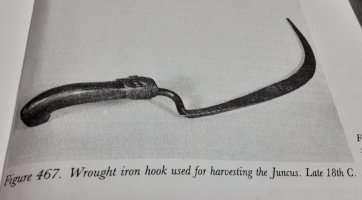
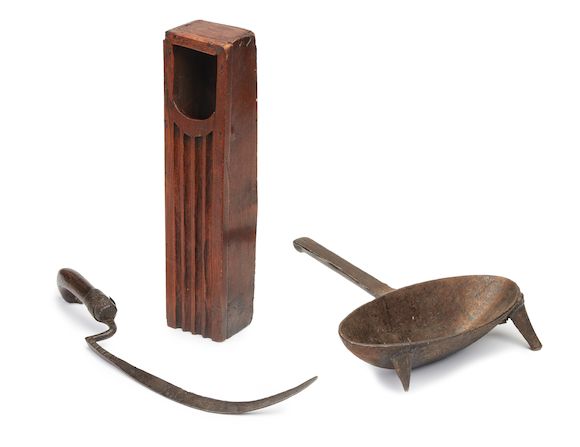

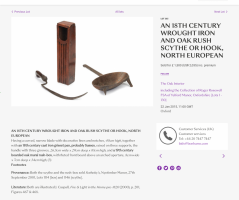
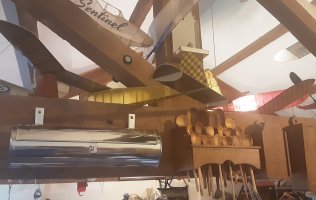
 A different beast entirely
A different beast entirely 